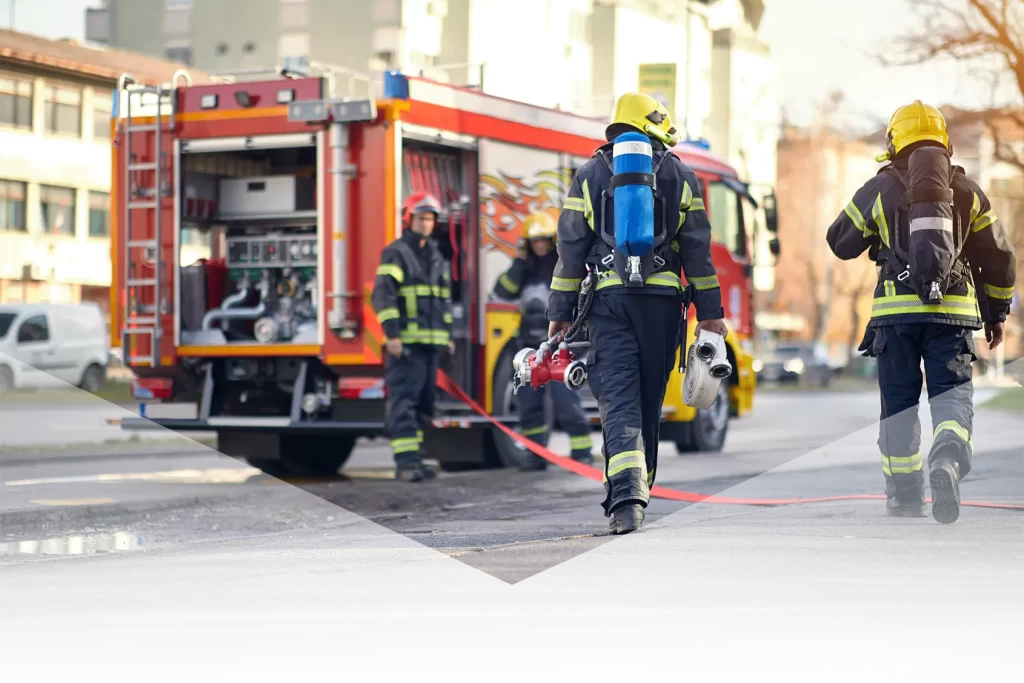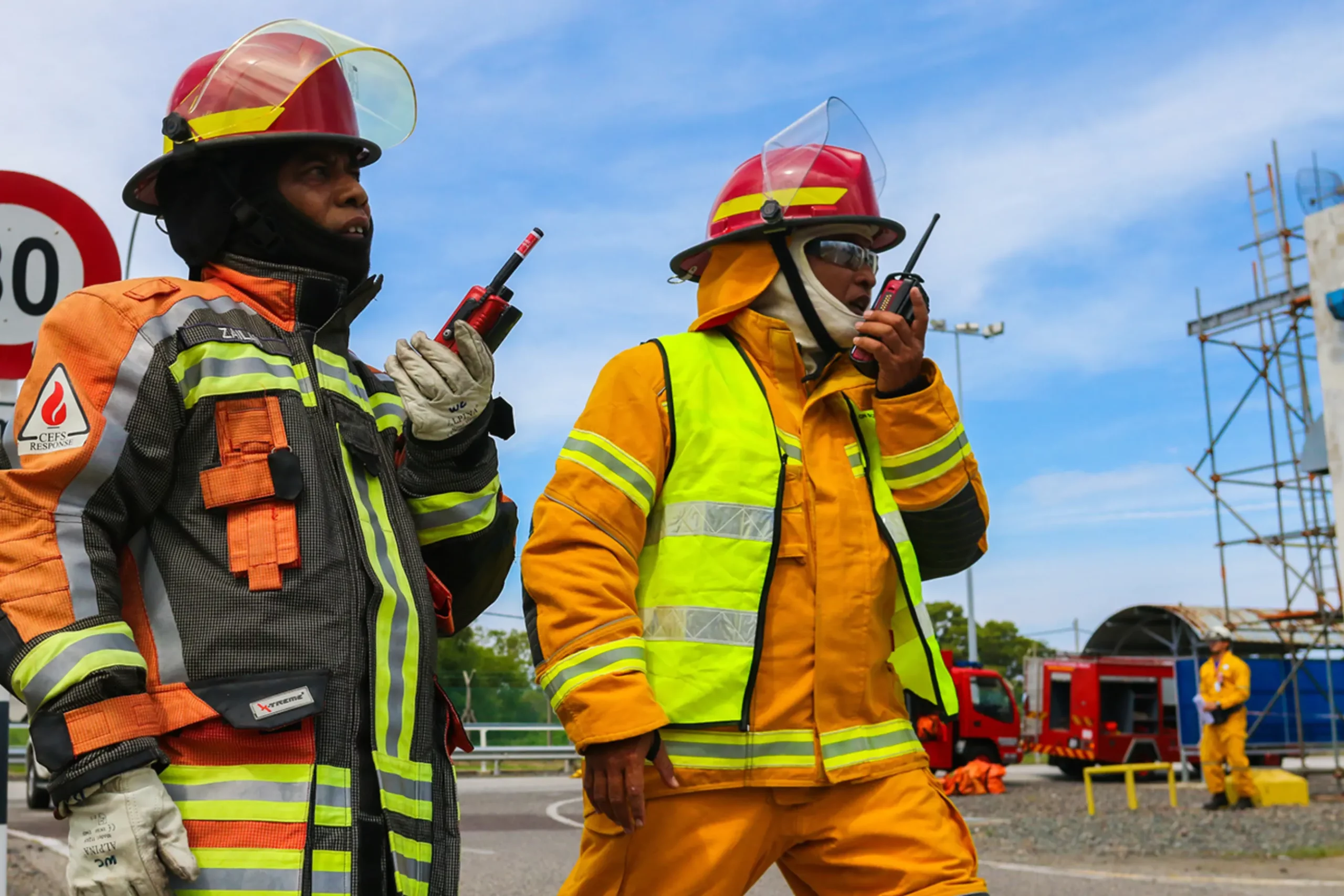Hazmat training is essential for firefighters because they frequently encounter hazardous materials (Hazmat) during emergency responses (even those not officially designated as Hazmat incidents), which can pose significant risks to their safety, the environment, and the public. Here are key reasons why this training is crucial:
1. **Safety and Survival**: Hazmat training equips firefighters with the knowledge and skills needed to recognize hazardous substances, understand their properties, and respond appropriately. This training helps them avoid potentially life-threatening exposure to toxic chemicals, gases, and other dangerous substances.
2. **Effective Response**: Proper Hazmat training enables firefighters to quickly assess and contain hazardous situations, minimizing the spread of dangerous materials and reducing the potential for harm. This includes rapidly identifying materials and their associated hazards, using the correct protective gear, using effective monitoring equipment and techniques, employing decontamination procedures, and implementing product containment strategies.
3. **Legal and Regulatory Compliance**: Firefighters must adhere to strict regulations and standards when dealing with hazardous materials response, including OSHA 29CFR 1910.120(q) and NFPA 470. Hazmat training ensures that they are familiar with the relevant laws and protocols, reducing the risk of legal liability for their department and ensuring compliance with local, state, and federal guidelines.
4. **Environmental Protection**: Hazardous materials can cause significant environmental damage if not handled correctly. Training helps firefighters mitigate environmental risks by teaching them how to minimize spills, leaks, and contamination of soil, water, and air.
5. **Public Safety**: The primary role of firefighters is to protect the community. Hazmat training enhances their ability to safeguard the public by efficiently managing hazardous incidents, minimizing exposure, and effectively evacuating or sheltering affected populations.
6. **Interagency Coordination**: During Hazmat incidents, firefighters often work with other emergency services, including law enforcement, medical personnel, and environmental agencies. Hazmat training improves communication and coordination with these agencies, leading to more efficient and effective incident management.

7. **Preparedness for Unpredictable Scenarios**: Hazmat situations can be unpredictable and vary widely in nature. Ongoing training keeps firefighters prepared for a broad range of scenarios, from chemical spills to biological threats, ensuring they can respond swiftly and appropriately in any situation.
Hazmat training regulations and standards found in OSHA 29CFR 1910.120(q) and NFPA 470 set the benchmarks for firefighting and other response personnel, and Signet North America’s training programs are anchored on these standards. By investing in hazmat training for your firefighters, you ensure they have the expertise to respond safely and effectively to hazmat emergencies.
As always, all Signet courses and combinations of services are customized to your exact needs and tailored to your personnel, location, and capabilities. Guaranteed. Upon completing your Signet North America class, you should begin utilizing that training and continuing your education through our customized drills! Our Response Drill Design, Development, and Evaluation team does an outstanding job providing the most valuable possible challenging exercises tailored exactly for your personnel.

At Signet North America, we are committed to helping the industrial and factory industry navigate the complex world of hazardous materials management. With our tailored training solutions, practical approach, and expert guidance, we can help your facility build a culture of safety and preparedness that will protect your workers, your assets, and the environment. Contact us today to learn more about how we can support your hazmat training needs.